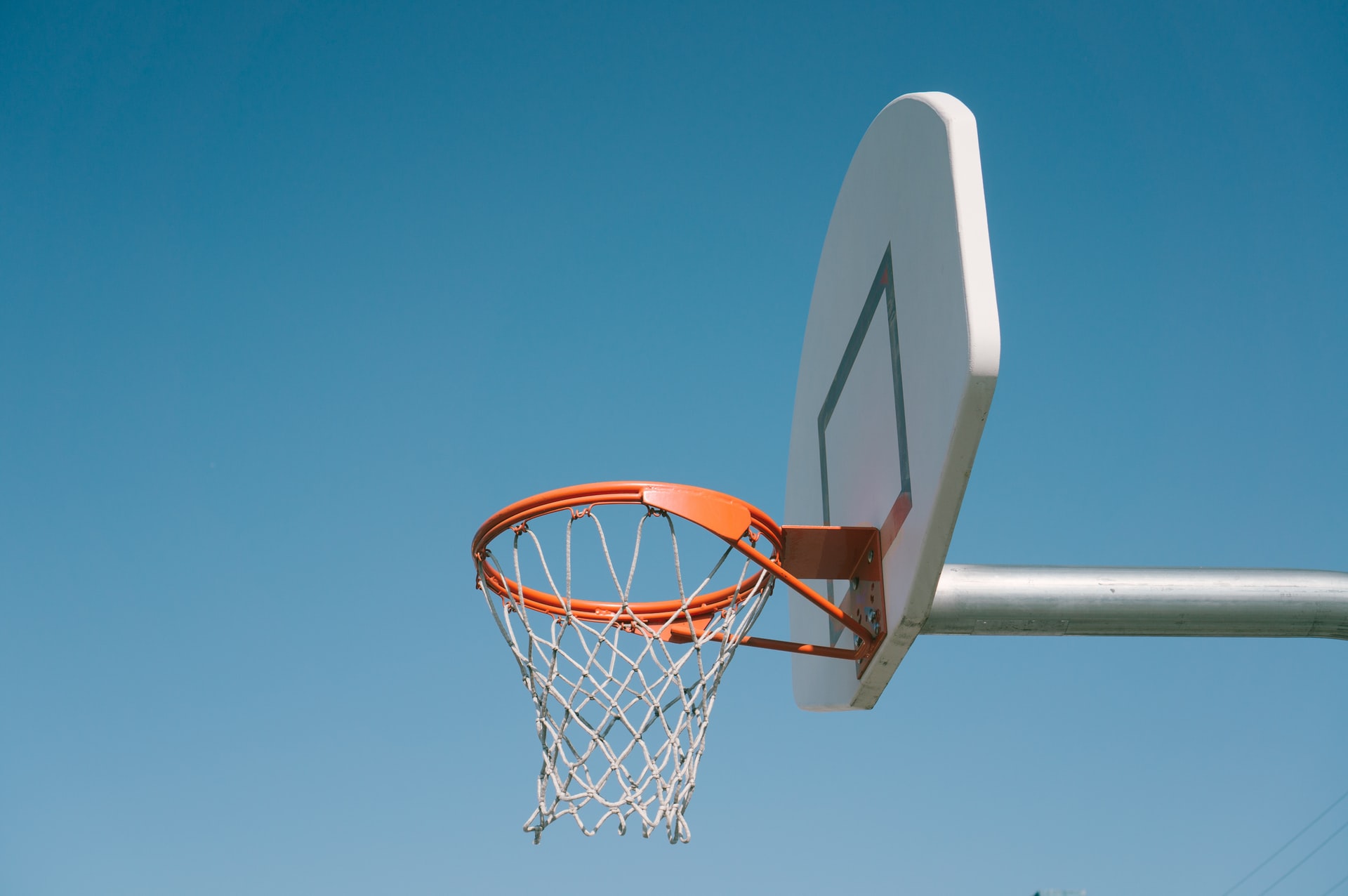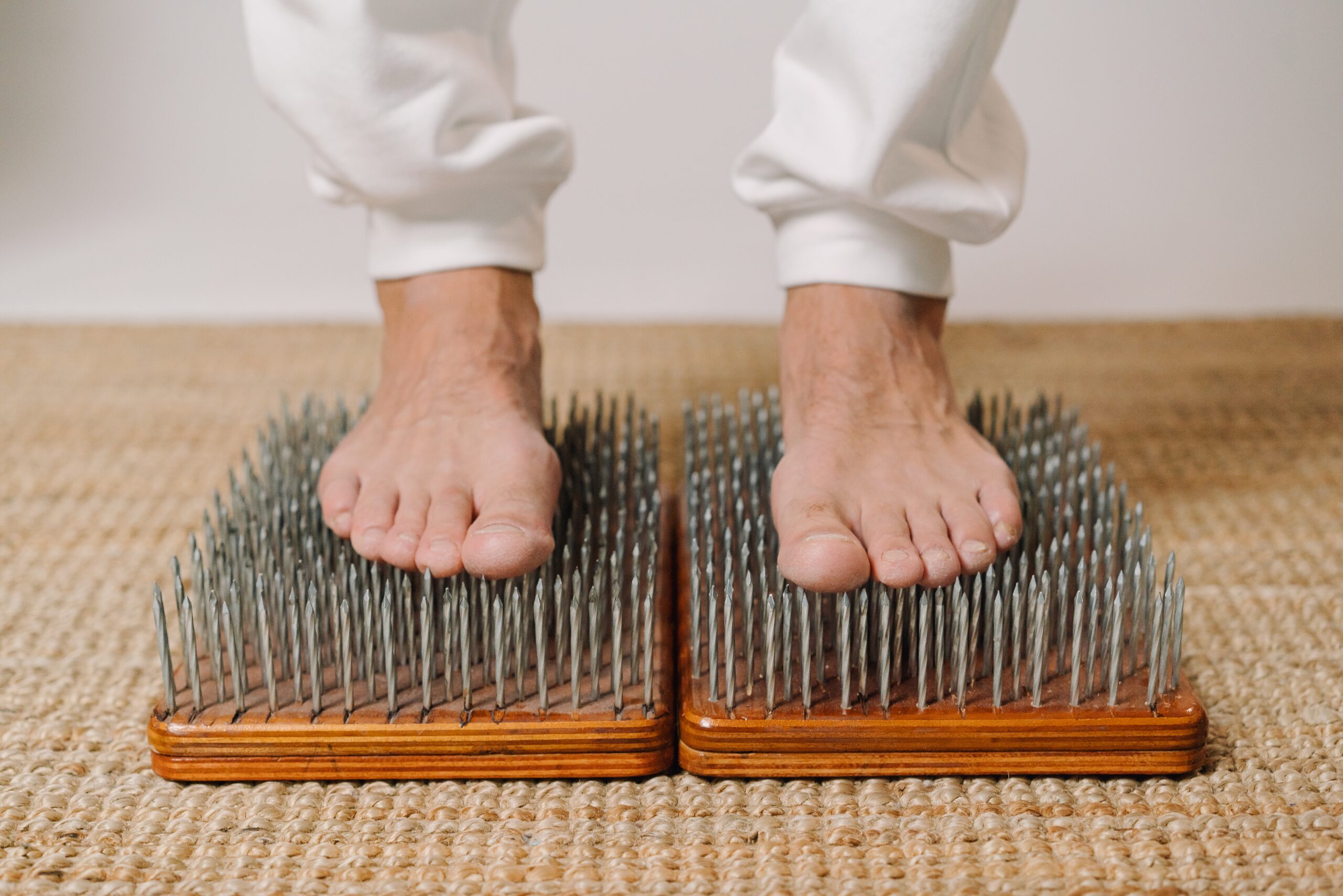
You have to train everyday. Movement is medicine, motion is lotion, yadda, yadda, yadda. You already know how important it is to stay physically active, so when it comes to health and performance, the question isn’t whether or not you should train. The question is how you should train depending on how you feel.
During the Toronto Raptors’ 2019 championship run, their head of sport science Alex McKechnie popularized the term “load management” to describe how he was able to squeeze the highest level of performance out of star player (and overall fun guy) Kawhi Leonard without injuring him. He did this by carefully monitoring Kawhi’s body, and tracking key biomarkers of fatigue to decide when it was time to go hard, and when it was time to go easy.
Now obviously you don’t have the luxury of having an Alex McKechnie telling you when to train hard and when to rest. Even so, load management can easily be done by yourself in a process that would be best described in strength and conditioning terms as autoregulated daily undulating periodization. In more basic, less dickhead jargon-y terms: training based on how you feel.
Training according to how you feel is as simple as it sounds. As a general rule, train hard if you feel great and train easy when you feel run down.

Great question, stock photo keener! There are many ways to gauge your readiness to train. Have a look at the following list:
- Train hard if you wake up with morning wood. It’s a reliable, low-cost way of assessing testosterone:cortisol ratio. Good rest and low stress = high test and low cortisol = the ability to train hard and recover from it.
- Train hard if your poops are solid and formed. Loose diarrhea-ish stool points to systemic inflammation in the body and/or the fact that your immune system is dealing with something.
- Train hard if you slept 8+ hours. In most instances, your body and mind will be firing on all cylinders with 8 hours of sleep.
- Train hard if you subjectively feel awesome. If you ticked off the previous three points, you should be feeling pretty good, in which case you should definitely go hard in the gym.
- Get a baseline measure of your heart rate each morning, and if it shoots up a few extra BPMs, it may mean that you need to take it easy.
- Use an HRV, or heart rate variability monitor to assess the intervals between each heartbeat. High HRV, or asynchronous intervals between each contraction of the heart means that your body is ready to get after it. Low HRV, or more uniformly spaced out intervals means that you may need a recovery day. Now the caveat with using fitness trackers/wearables is that you have to be careful not to outsource your self-awareness to a piece of plastic. I’m a big fan of using the first four assessment tools on the list; not so hot on the last two. In my opinion, foregoing tech to rely on intrinsic awareness is key to living a mindful, embodied existence. But that’s just me. Wear the watch and gather the data if that’s your thing :).

Wow, imaginary internet class, you guys ask such great questions! Everybody gets an A+. EVERYBODY. GETS. AN A+. God, you’re all so wonderfully curious. When you feel great, rev the engine. Rev that mf-er hard. Set external goals and chase ‘em down. For example, run 10km in as little time as possible. Or maybe throw 225lb on the barbell and squat it for as many reps as you can. When your body is ready to train hard, you’re a predator; an animal on the hunt with an abundance of energy. Burn that energy off and reap the subsequent reward (fitness gainz).
When you feel run-down, use physical activity as a recovery tool. Your body is a closed hydraulic system and fluid flow is what, as Dr. Kelly Starrett puts it, “takes the garbage out and brings the groceries in”. Your body is also a neurotransmitter and hormone factory, so when you need to recover, it’s incredibly beneficial to use exercise as a way to cop a hit of your own self-made drugs. A few examples: serotonin to improve your mood, dopamine to keep you on the path to health, and thyroid hormones to mobilize the resources needed for effective physiological repair.
Another thing to note when training for recovery is to focus on your internal sensations rather than chasing external goals. Breathe. Relax. Feel your body moving through space. On your next recovery day you can apply the following cues to whatever exercise you might be doing:
- Breathe through your nose.
- Feel the sensation of air entering your nostrils, and then travelling into your hips, torso, chest, and neck.
- Create traction throughout your entire body. In other words, ground into the body parts that are holding you upright and lift the rest of your body to the sky.
- This one is obvious, but can’t be understated. Make sure you feel good.
So to recap…
If you’re looking to optimize your health and performance, you have to train everyday. To decide how you’re going to train, you need to assess how you feel to know whether you’re exercising for the aggressive pursuit of better fitness, or for rest and recovery.
And as always, if you have any training-related issues, or if you’re ready to take responsibility for your own health and performance, then feel free to reach out to me and we’ll come up with an individualized game plan to get you to your goals!
Pat Koo
BKin, CSCS



